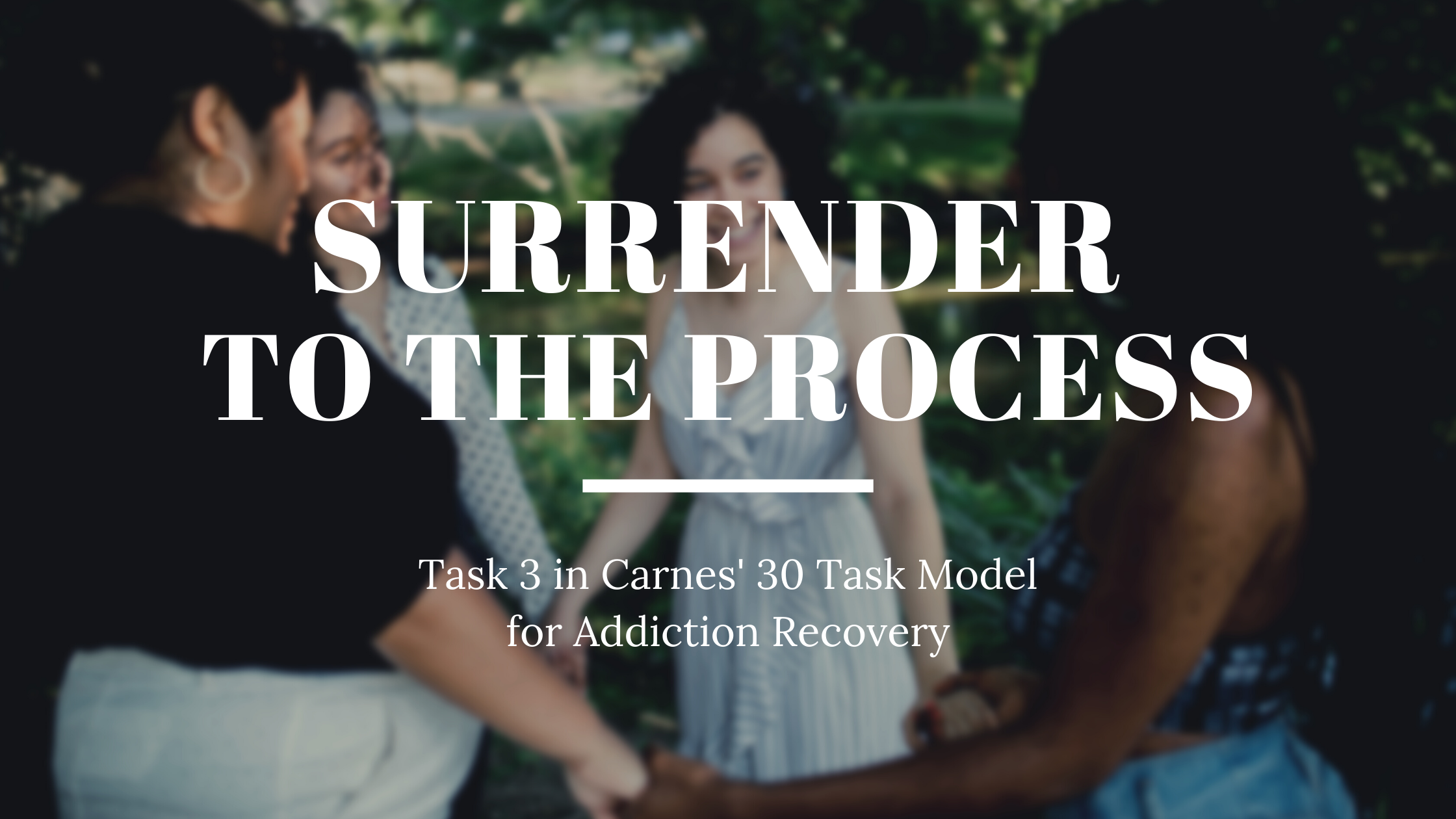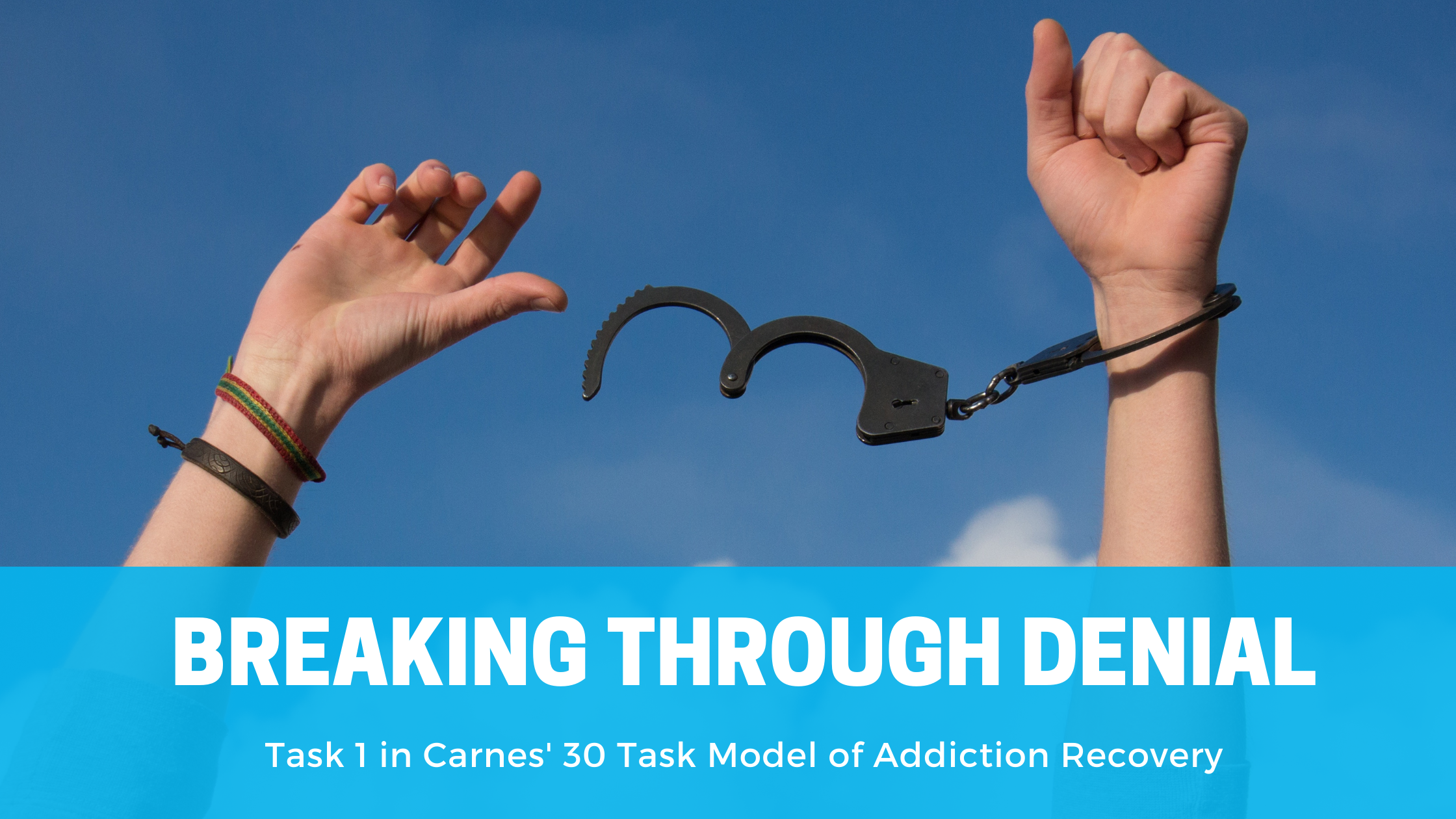In our series on Acceptance and Commitment therapy, we have laid the foundation of several basic principles of ACT. We’ve discussed using mindful awareness to remain in contact with the present moment in order to observe and take notice of your internal world. We’ve reviewed what acceptance is and isn’t, and discussed how practicing acceptance leads to more openness through releasing what is outside of our control. We’ve also explained and practiced thought defusion, lessening the power we assign to the products of our mind, like our thoughts and feelings.
All these steps involve taking on the role of an observer. Contact with the present moment allows you to notice your thoughts, feelings, memories, or urges, as well as how you assign power to them in a way that influences your behavior. Observing shows you how circumstances outside of your control affect you and lead you to struggle with acceptance. With this next concept, we’ll take observing deeper, exploring how you can separate the products of your mind from your identity – who you are as a person – in order to offer alternative ways of responding to your circumstances.
Self as Context
What does it mean to see your self as your context? Rather than overidentifying with your thoughts or other internal experiences, self as context requires you to view yourself through the lens of an observer who sees all parts of you, not just the one you’re experiencing right in this moment. Who you are is not the same as your fleeting feelings, urges, physical sensations, memories, or thoughts.
Your internal experiences don’t need to define your identity. In the observer role, you notice that while your self contains these internal experiences, they are not one and the same with the whole of who you are.
Attachment to the Conceptualized Self
In contrast, when we link our thoughts, emotions, urges, memories, etc. to who we are as people, we often become locked into rigid ways of responding to the world around us. We begin to feel stuck, unable to change the patterns that are causing us more harm than good.
We tell ourselves stories we believe to be true about who we are. These can be long-standing narratives adopted from a young age, that came out of abuse, or that we’ve heard from others in our adult years. These stories about ourselves dictate our actions in response to a thought, memory, emotion or urge. For example, if I believe the narrative that I am always late, chances are I will not arrive to meetings or appointments on time. Even if this is a habit that annoys me, my belief that it is true about myself will influence my behavior.
Similarly, an addict feeling an urge to use their drug of choice might have the thought, “This is the only thing that makes me feel good.” Believing that narrative, they remember previous euphoric experiences that came after using their drug of choice and feel desire to use again. Overidentifying with these thoughts can lead this addict to feel as though they have no other choice but to respond by using.
Attachment to the conceptualized self leads to hopelessness and resignation, as you find yourself repeating destructive patterns despite not wanting to continue. Over time, the believe that you cannot change and deep-seated resistance to other options become solidified.
Why does self as context matter?
As an observer, you can watch what happens internally with some level of detachment. You also learn that your observing self typically remains stable – your sense of self doesn’t change even though your internal experiences change moment to moment. Who you are is much deeper than just what happens in your mind. Your internal experiences are transient and therefore carry less weight than the sum total of who you are.
Seeing yourself as your context offers more options for actions in response to your circumstance, rather than the rigid, inflexible ways of responding to which you are accustomed. Instead, self as context sets you up for flexible perspective taking, or seeing multiple points of view or options on how to respond. When you can take the perspective of others, that often opens up different choices for behavior or perception of your experience.
For those who struggle with addiction, understanding self as your context leads to recognition that the urges you have do not make you a lost cause, but they are part of your addiction. You can observe and respond to these sensations with actions that are in alignment with what is important to you. Similarly, those who deal with depression or anxiety can benefit from distancing themselves from taking on the identity of an anxious or depressed person. Defining yourself as depressed because you have depressed thoughts or a depressed mood can perpetuate the symptoms of depression. Believing that you are an anxious person and overidentifying with your worst-case scenario thinking can consume your thoughts and trap you.
Principles
You are more than your thoughts, feelings, memories, sensations, and urges.
When you are overly attached to this internal world, you may find yourself limited by it. It may feel like the workings of your mind consume you and make up the bulk of who you are. But this is not true. Who you are is multifaceted, and these thoughts, feelings, or urges are just one part of your experience that is transient and will likely change in just a few moments.
From the observer perspective, you can distance yourself from the thoughts. As we discussed in the practice of thought defusion, using a phrase like, “I’m having the thought…” instead of accepting it as true can create psychological distance.
You can observe the workings of your mind as if from outside.
You can look at your thoughts, feelings, and other internal experiences from the perspective of an outside observer to see other perspectives on what you might be going through, implementing the concept of flexible perspective taking. What might someone else be thinking if they could listen in to what’s going on in your head? If you were talking with a friend and they shared this with you, how might you respond to them? What would you be feeling or thinking about them?
Flexible perspective taking helps you to identify alternative explanations and options you’re your ingrained, rigid ways of responding. Consider: what are other reasons you could be responding this way? What are other actions you’ve seen others take or that you could take when you feel this way?
Not every story we tell ourselves is true of our identity.
As you explore some of your narratives that come up repeatedly, you might find it helpful to challenge their validity through flexible perspective taking. Even those that have a basis in reality (maybe you are someone who tends to run late!) don’t constitute all of who you are. Allowing yourself to explore various different narratives about yourself rather than limiting yourself to one definition that may or may not be true can help you release the limitations you feel.
You have options and the ability to choose.
Who you are is flexible in different situations. You can choose what you want to do and who you want to be based on your values. For example, you have the ability to choose confidence and directness in your relationships with coworkers, while choosing to be fun-loving and laid back while at dinner with friends. You have options about how to respond in different contexts because who you are is nuanced. You have options of how you act in those various situations, rather than being stuck in one way of responding.
Your self is stable, despite the changeable nature of your internal experiences.
The more you practice observing your mind, the more you will notice that your observer self doesn’t change. The emotions, thoughts, and memories you have change over time and in different contexts, but who you are is fairly stable. You’ve been you for your entire life, while the workings of your mind are in many ways different from the way they were five years, days, or even minutes ago.
Practices
Observe your thoughts and feelings without judgment.
Going back to contact with the present moment, notice over the course of a few days the various thoughts, feelings, emotions, memories, urges, and sensations you have. Track the triggering event and your behavioral response afterward.
As you do this, seek to keep a nonjudgmental perspective. Watch these internal experiences as they come and allow them to pass by. Do your best not to fixate or evaluate them as “good” or “bad,” but instead to notice them as they happen.
Identify a few common stories you tell about yourself.
Look for themes in what you’ve recorded to pull out narratives that keep surfacing about yourself, either from your own mind or how others treat you. These could be personality traits you believe you have, actions where you don’t feel like you have a choice, or moments of feeling hopeless or trapped.
Identify the specific incidents that taught you this was true from your past. Where did it come from? Did someone say something to you that solidified this narrative in your mind? Have you repeated it to yourself over time? Have you interpreted it based on your actions?
Imagine your younger self’s perspective.
Imagine yourself 5-10 years ago and look at your current experience through their eyes. You’d be surprised what different perspective you might notice. You may clarify the origin of your ingrained narratives about yourself. You might notice more or less pain in your past self. How might your younger self compare with where you are now and offer a different point of view?
Imagine your older self’s perspective.
Now look ahead into the future. Imagine yourself 5-10 years from now and ask for the point of view of the future version of yourself. What would an older and wiser version of you say? If it’s hard to connect to yourself in this way, you can think of an older mentor or close friend who has a more wise perspective. What might they think?
Consider how someone you admire handles similar situations.
Bring to mind someone who you think does a good job of handling situations like the one you find yourself in. What different options might they have? What do you see them doing or believing that is different from you? What different perspective or point of view might they have?
Remind yourself of options.
Consolidate the insights from these different perspectives and make a list of the options you might have, both in your internal world and behavioral responses. How might you think differently about yourself? What other narratives or layers might you be missing that could open up options? In terms of action, what other options might you have for how to respond? Do you have to do what you usually do? Are there any ways that could change?
Visualize taking one of these options.
What would it feel like to try a different option from the way you usually operate? Visualize yourself taking that path. Imagine yourself acting in a way that fits with your values, different from your normal experience. What resistance or feelings of being trapped do you notice? What makes you not want to take that option? Would it be uncomfortable in any way, and why?
As we move into the upcoming foundational principles of ACT, values and committed action, you may need to come back to this step when you feel stuck. Explore what is getting in the way of you taking value-based action from these various perspectives. Notice how the stories you tell yourself can limit you from fully embodying the person you want to be.






















